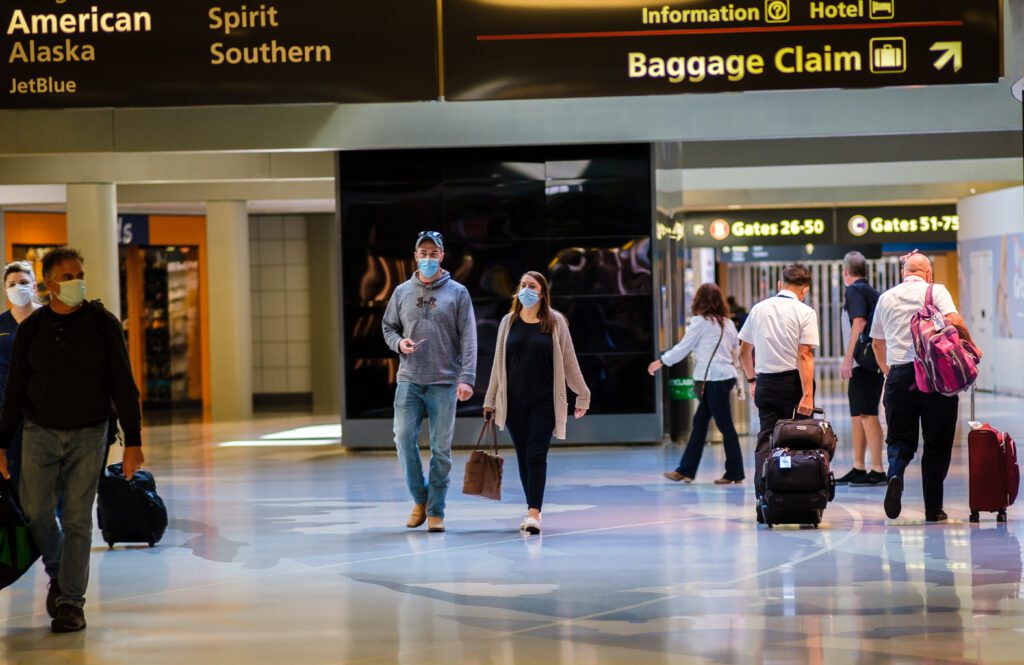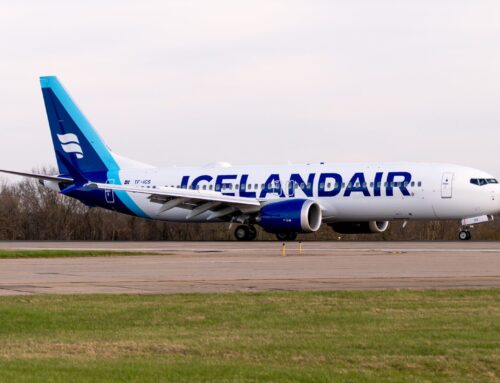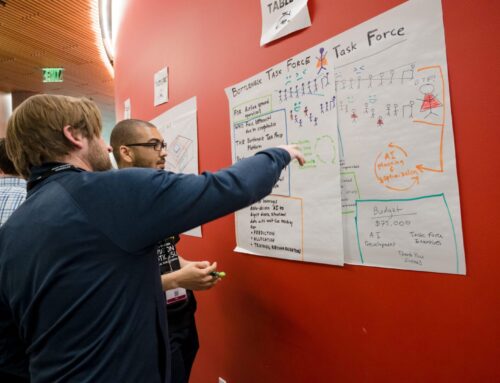COVID-19 Complicates Holiday Travel Decisions
Passenger numbers expected to rise – somewhat – as industry focuses on health, safety
By Jeff Martinelli
Published November 23, 2020
Read Time: 4 mins
Perry Como sang, “There’s no place like home for the holidays,” but this year many would-be travelers may be forced to celebrate someplace else, at least for now.
Traditionally, Thanksgiving starts a travel season that begins heavy, slows in early December and picks up again near Christmas and New Year’s. But as the season arrives, state governments are issuing regular travel alerts to keep pace with a pandemic that shows little signs of slowing. Governments and health providers are urging people to think through their travel plans. They might mean driving instead of flying, or just staying put.
“We certainly understand the situation,” said Bryan Dietz, Vice President of Air Service Development for Pittsburgh International Airport. “Obviously, we would love to see even better traffic numbers than last year, but safety is our highest priority. For those who want to travel—or have to—the airport has taken many precautions to give people confidence that the airport is safe.”
After the pandemic devastated the industry in March, airports and airlines worldwide quickly adopted a wave of new policies and infrastructure changes to combat the spread of the virus and protect travelers’ health. Among other changes, PIT launched its Safe Travels program, ramped up cleaning procedures and instituted safe distancing measures to ensure passengers have the safest possible experience in the terminals.

Travelers wait to be screened at PIT’s main security checkpoint in November 2020. (Photo by Beth Hollerich)
Air traffic at PIT is down about 60 percent for the year and officials are expecting that trend to hold true for Thanksgiving. On peak days during the long weekend, nearly 19,000 passengers fly from the airport. This year, that number is expected to drop to less than 10,000 daily departing passengers.
The number of daily flights is also expected to decrease, from 180 last year to 105 this year.
New rules in place
Earlier this week, Pennsylvania tightened health requirements for travelers, mandating a negative COVID test up to 72 hours prior to arriving in the Commonwealth. If travelers don’t take a COVID test, they are expected to self-quarantine for 14 days.
The rules apply to all travelers, not just those boarding airplanes. Pittsburgh International Airport is not checking arriving or departing passengers for COVID-19 test results, and travelers should look to the state health department for additional information.
“Like everything else this year, Thanksgiving in 2020 will look much different than in years past,” said Bevi Powell, senior vice president of AAA’s East Central region, in a statement. “Many Americans are weighing their options and considering the advice of health experts before finalizing their holiday travel plans.”
In addition, the Transportation Security Administration has launched a “Travel with Ease” campaign encouraging travelers to sign up for its PreCheck program, which streamlines the security process for those who go through a screening program. PreCheck members are allowed to keep their shoes, belts and jackets on at checkpoints, and electronics, travel-size liquids and gels can stay in bags.

Despite changing rules, AAA expects that close to 50 million Americans will travel for Thanksgiving this year, but approximately 95 percent of them will be driving. (Photo by Beth Hollerich)
Not only do these privileges speed up the security process—the average PreCheck member spends five minutes or less in security—they can make it safer for everyone involved.
“Obtaining TSA PreCheck is something that each traveler can do to make the checkpoint experience even more efficient, eliminating several contact points, which in most cases, includes the need for a bin,” TSA Administrator David Pekoske said in a statement.
TSA also offers several tips that are particularly relevant during the holiday season:
- Know which foods can travel in your carry-on bag and which should go into a checked bag. Pies, cakes, stuffing mix, casseroles, are all good in a carry-on bag because they are solid food items. Gravy, cranberry sauce, wine, jam, preserves, should all go into a checked bag because they are not solids.
- Instead of wrapping gifts, consider using a gift bag or a gift box, or wrapping your gifts when you arrive at your destination. If a wrapped item sets off an alarm, TSA officers will need to unwrap it to verify it is safe.
- If you are not sure if an item should go in a carry-on or checked bag, or neither, visit tsa.gov and in the upper right-hand corner of the homepage, click on “What can I bring?” Or you can tweet your question to @AskTSA or ask via Facebook Messenger.
Taking a trip
Despite changing rules, AAA expects that close to 50 million Americans will travel for Thanksgiving this year, but approximately 95 percent of them will be driving. That adds up to far fewer plane passengers than the estimated 31 million Thanksgiving flyers of 2019, even though some airlines have added a few flights to their system for the holidays.
Kristina Ballard has already traveled for Thanksgiving, flying from San Francisco to her parents’ home in Cleveland on Saturday. She has been living in San Francisco since June—which, she concedes, is not a long time—just long enough to want to spend the holiday at home with her parents and sister, who is flying in from New York.
“Within the last month or so, I began to plan to come home,” said Ballard, 27, whose mother is a flight attendant for United. “I love the holidays and earlier this year I wasn’t expecting the pandemic restrictions to last this long. We’ll both be tested before we leave, and knowing my mother has been flying for work—and that’s a decision she made—I feel more comfortable.”






